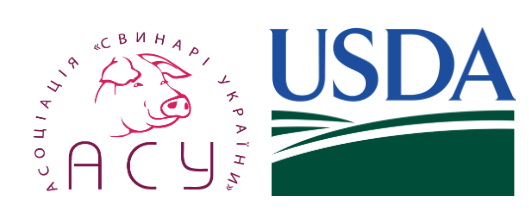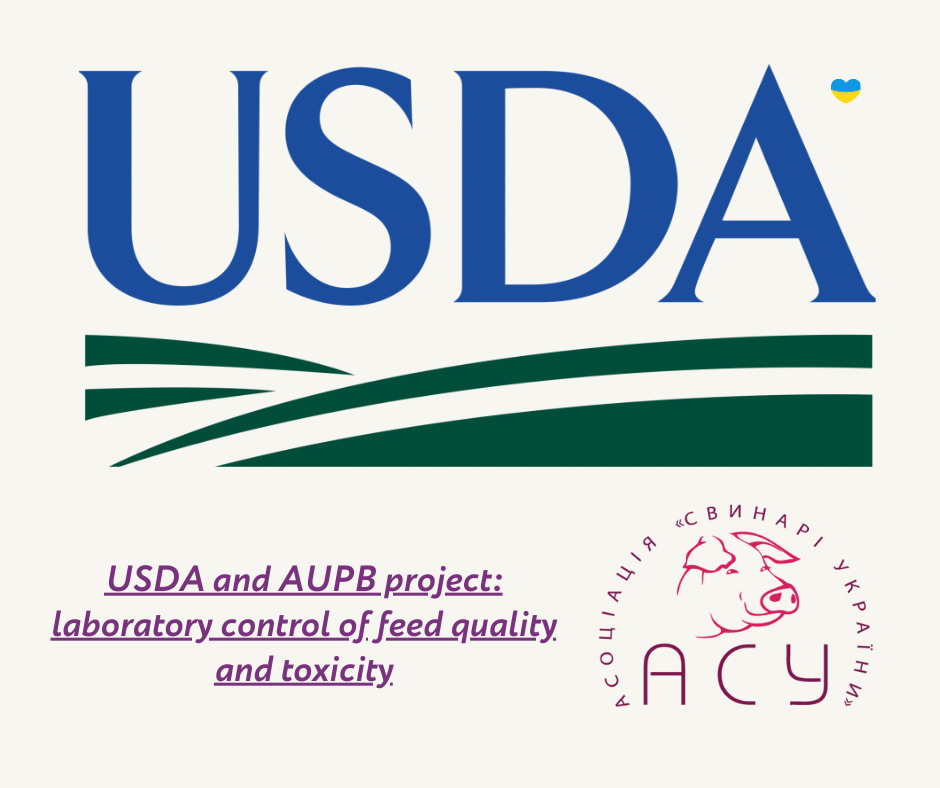Feeding pigs with mycotoxin-contaminated feed can have negative consequences, with losses estimated at tens of billions of US dollars annually. Climate change is expected to increase the prevalence and level of feed contamination with mycotoxins, reducing livestock efficiency and increasing economic losses.
"Mycotoxins are secondary metabolites that are naturally produced by fungi and can have a toxic effect. It affects the immune system by impairing the function of the intestinal barrier and cytotoxicity, which leads to cell death and, consequently, to a deterioration in the health and production performance of pigs. Initial contamination of feed and feedstuffs with mycotoxins can occur in the field (before or during harvest), during storage, transport, feed production and even on the farm before animal consumption. The level of mycotoxin contamination and final contamination of the feed also depends on the type of feedstock and other factors that can promote fungal growth and ultimately increase toxin contamination. With this in mind, it is important to measure the concentration of mycotoxins in finished feed and feed ingredients before feeding them to pigs," says Dmytro Masyuk, Doctor of Veterinary Sciences, Professor, Director of the Research Centre for Biosafety and Environmental Control of Agricultural Resources of the State Agrarian Academy of Ukraine "Biosafety Center".
Thus, as a result of the monitoring of mycotoxins carried out within the framework of this project, it was found that all six mycotoxins (aflatoxin, deoxynivalenol, zearalenone, fumonisin, ochratoxin, T-2) that should be controlled were detected in samples of feed raw materials currently available on the Ukrainian market. At the same time, the total number of fungi exceeded the permissible standard values in a quarter of the samples. The toxicity assessment of the samples revealed that 26.4% of them were toxic to varying degrees.
"Thus, the laboratory monitoring of six mycotoxins, total fungi and toxicity in feed, which is implemented under the AUPB and USDA programme for pig enterprises, will allow them to: manage risks from feed ingredients used in pig feeding; timely use effective agents to detoxify and mitigate the harmful effects of mycotoxins in feed; and contribute to improving sustainable crop production," the expert said.
The Association of Ukrainian Pig Breeders is a non-profit, voluntary organization founded by domestic pork producers. The main goals of the association are to represent and protect the rights and interests of the association's farms, promote the development and implementation of new technologies for efficient pork production, expand sales markets, and protect the domestic market.




